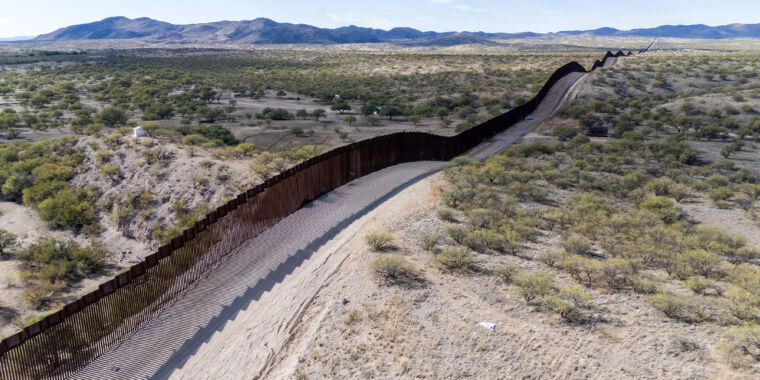In a vast swath of the Sonoran Desert between the towns of San Luis Rio Colorado and Sonoyta in northern Mexico, a modest building made of cement, galvanized steel and wood stands — the only rest stop in 125 miles of a barren landscape filled with thorny ocotillo bush and towering saguaro cacti that can reach up to 50 feet tall. FondaFor more than 20 years, the little restaurant is called La Liebre del Desierto (The Rabbit of the Desert), and its owner, Elsa Ortiz Ramos, has been welcoming and feeding weary travelers taking a break on the adjacent highway that runs through the arid Pinacate and Grand Desierto de Altar Biosphere Reserve.
But this petite woman’s dedication and care goes beyond a simple menu: every two weeks, she pumps a 5,000-gallon tank of water with her own money and distributes it to a network of water troughs strategically placed in the area. In doing so, she quenches the thirst of bighorn sheep, ocelots, pronghorns, coyotes, deer, and even bats, all of which are deprived of access to natural water sources.
“The crows come to our houses and caw to warn us that we’ve run out of water… it’s our alarm,” says Ortiz Ramos in her distinctive Northern Mexican accent. Her words sound straight out of an Aesop’s fable, but in this scene they take on a sense of harsh reality. The Sonoran Desert, which covers much of Arizona, California, and the Mexican states of Baja California and Sonora, was included in the catalogue for 2023, along with the Lut Desert in Iran. The highest surface temperature on Earth80.8 degrees Celsius (177 degrees Fahrenheit).
Through thin steel bollards spaced 3.5 inches apart, I survey the lush vegetation surrounding Quitobaquito’s spring on the other side of the border. “This important water source provides water for humans and animals living in an area of more than one million hectares,” explained Federico Godinez Leal, an agronomist at the University of Guadalajara. But now this vital source is only accessible from the U.S. side because of the border wall, and I’m here with him to understand the consequences. Godinez Leal and his team have documented the stark differences between the two countries. Their harrowing photos show the bones of wild boar, deer and bighorn sheep lying in Mexican soil.
Between 2017 and 2021, the U.S. government installed more than 450 miles of border barriers — steel structures 18 to 29 feet high and spaced less than four inches apart — along the western edge of the more than 1,900-mile Mexico-U.S. border, which stretches from the Pacific Ocean to the Gulf of Mexico. Of those 450 miles, 81 percent were replacements for existing vehicle or pedestrian barriers whose design still allowed animals to cross the border to some extent. The remainder were new barriers.
Before the wall was built, scientists on both sides of the border warned about its effects on local animals and are now working to understand the consequences. Meanwhile, some villagers on the Mexican side of the border are organizing to try to quell the thirst of the many animals who don’t have access to water.


